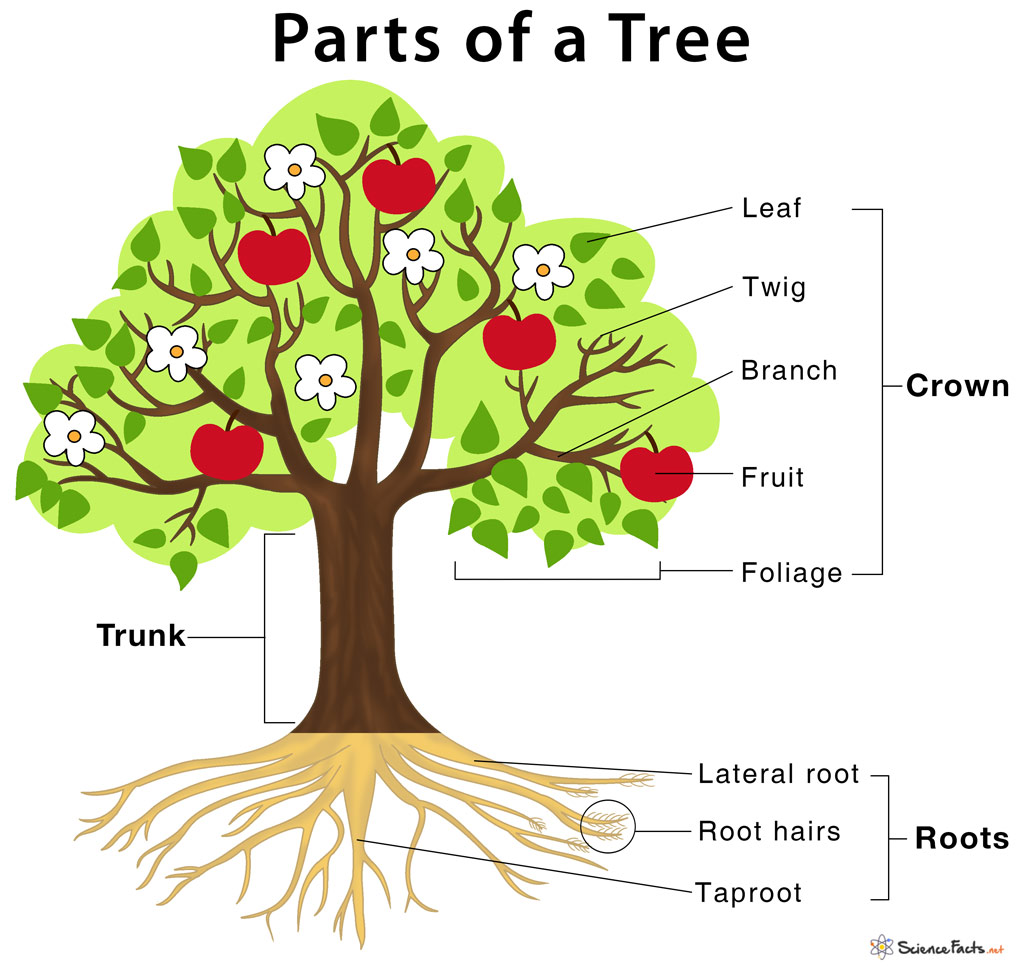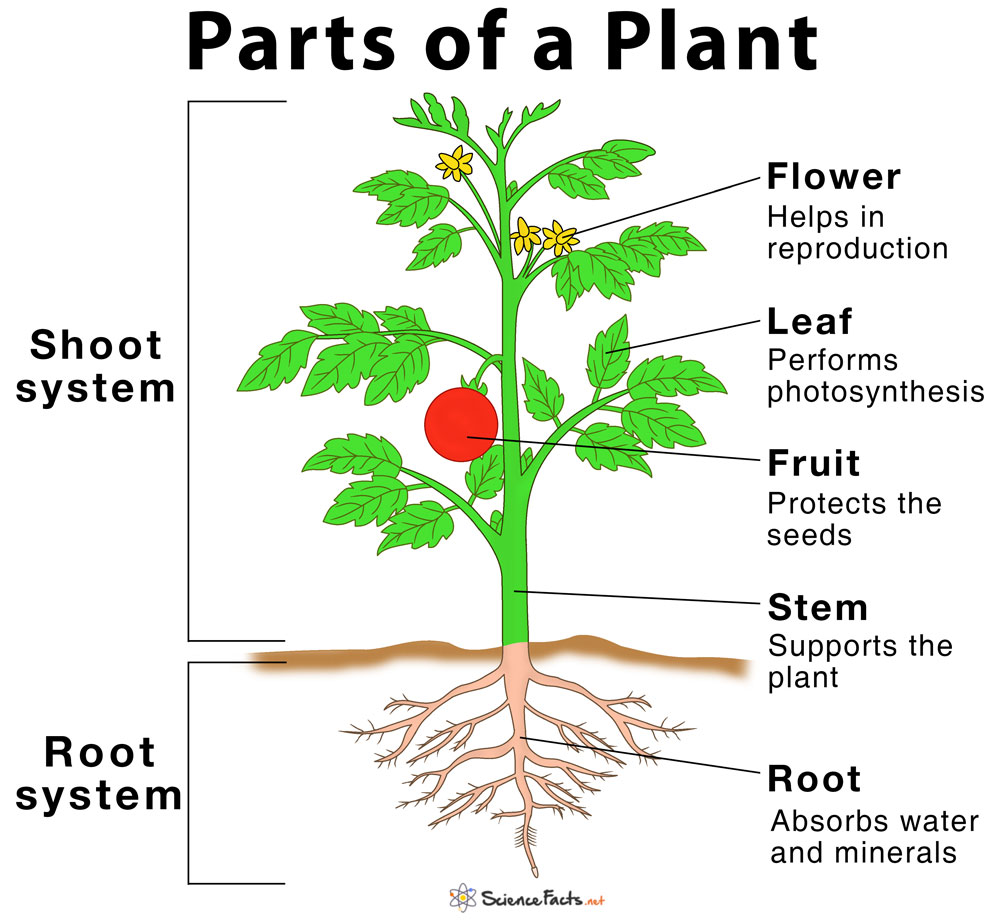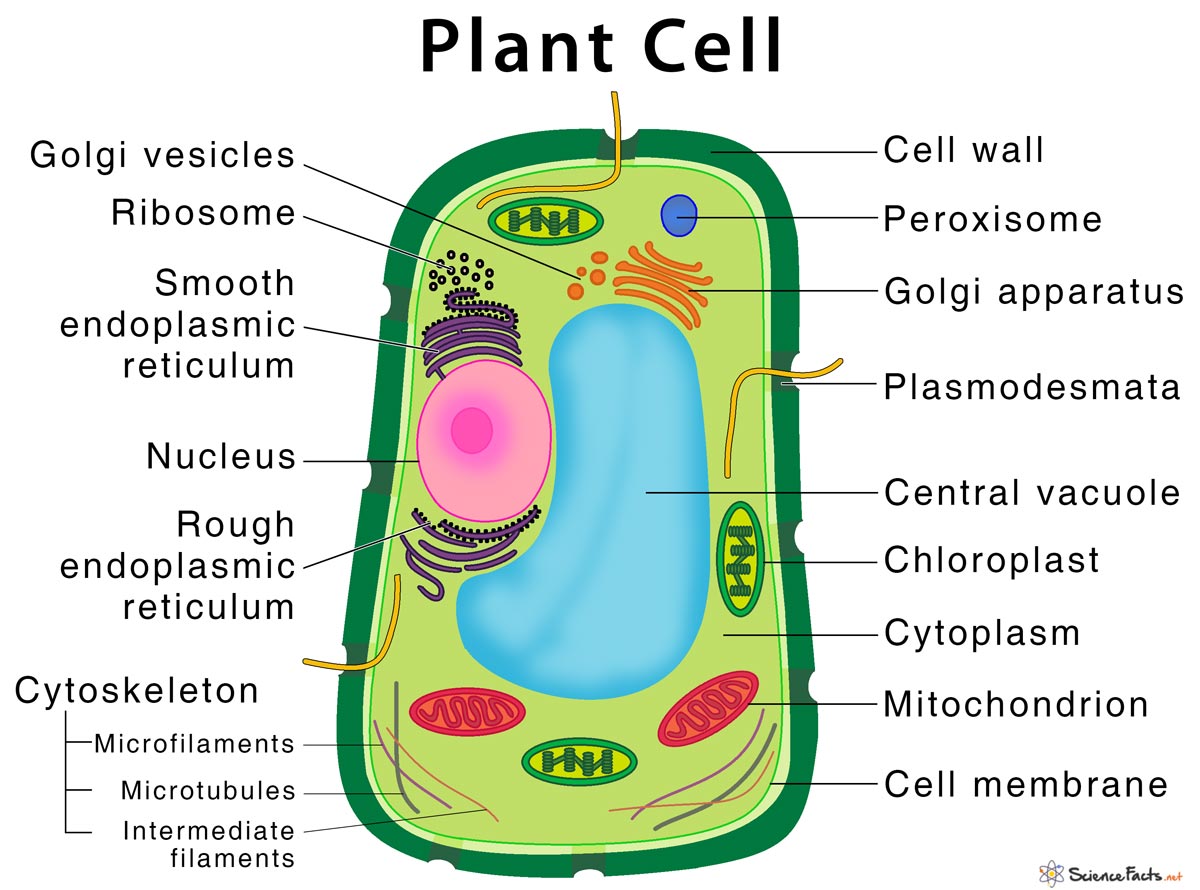Weather Fronts
A weather front is a zone of transition between two different air masses at the Earth’s surface. Each air mass has unique characteristics like density, water content, and temperature. Thus, at each front, there is always a disturbance, which often causes clouds and thunderstorms.
Sometimes, the front can cause a change in temperature that results in a change in pressure. This fluctuation in air pressure may develop into thunderstorms, tornadoes, and hurricanes. Phrases like ‘ahead of the front’ or ‘behind the front’ describe the position relative to the moving air mass. ‘Behind the cold front’ means the colder air that has already moved in, whereas ‘ahead of the cold front’ indicates the warmer air that the cold air is pushing out as it advances.
Types of Weather Fronts
Four types of weather fronts exist based on the temperature of the advancing air relative to the air it is approaching: cold fronts, warm fronts, stationary fronts, and occluded fronts.
Cold Front
A cold front occurs when cold air enters a warm air mass. It moves twice as fast as a warm-air front, often causing a rapid change in weather. As a cold front moves in, the cool, denser air pushes under the warm, less dense air, forcing the warm air to rise. As the warm air begins to rise, it starts to cool and condense, leading to the appearance of cumulonimbus clouds that bring rain and thunderstorms.
As a cold front passes over a region, the temperature drops suddenly, changing atmospheric pressure. After it passes, dry air settles in, and the sky becomes clear.
On a weather map, cold fronts are represented by a blue line with triangles pointing to the direction in which the front is moving. The triangles indicate the edge of the advancing cold air mass and show which way the cold air is pushing into the warmer air.
Cold fronts typically extend south and west of the center of a low-pressure belt and are not associated with high-pressure areas.
Warm Front
It is the opposite of the cold air front. A warm front forms when a warm air mass slides over a cold air mass. It moves more slowly than the cold air front as it is much more difficult for the warm, less dense air to push the cold, more dense air.
Warm air fronts are often preceded by cirrus, cirrostratus, and altostratus clouds that bring an extended period of steady rain or drizzle followed by sunny, warm weather.
On a weather map, warm fronts are represented by a red line with semicircles pointing in the direction the front is moving. The semicircles symbolize the advancing warm air mass, which slides over the cooler air ahead of it.
Similar to cold fronts, warm fronts also extend from the center of low-pressure areas but always on their east side.
Stationary Front
A stationary front can form when a cold or a warm front stops moving. It happens when two fronts meet from opposite directions, but neither is strong enough to displace the other. Winds blowing parallel to the front also help its cause.
This standoff can last for hours or days, bringing steady rainfall, fog, and clouds. If the wind direction changes, the front starts moving again and may develop into a cold front or warm front, or the cloud may dissipate.
On a weather map, stationary fronts are represented by a line with alternating blue triangles and red semicircles pointing in opposite directions. This design indicates that the two air masses (cold and warm) are at a standoff, with neither air mass advancing significantly.
Occluded Front
An occluded front occurs when a cold front overtakes a warm front, forcing the warm air to rise off the ground. It occurs when a cold air mass from a cold front collides with a cooler air mass that was previously positioned ahead of a warm front. As these two air masses converge, the warm air is forced to rise above them. These fronts are typically associated with regions of low atmospheric pressure.
These fronts are associated with stratus and nimbostratus to cumulonimbus cloud formation, which brings heavy rain and snowfall. Once the front has passed, the wind changes direction, and the temperature either falls or rises, with clouds becoming clear.
On a weather map, occluded fronts are represented using a purple line with alternating semicircles and triangles, both pointing in the direction the front is moving. It ends in a low-pressure area, which is the starting point at the other end where the cold and warm front meet.
There can be two types of occluded fronts: cold and warm occlusion fronts.
- Cold-type occlusion occurs when the air behind the cold front is colder than the air ahead of the warm front.
- Warm-type occlusion occurs when the air behind the cold front is warmer than the air ahead of the warm front.
Weather Map Symbols
Weather maps use specific symbols to represent different weather patterns.
Dry Line
A dry line is a brown line with semicircles on one side, pointing in the direction of movement. It represents a boundary between a warm, moist air mass and a hot, dry air mass, typically seen in the southern and central United States.
It commonly occurs in regions like the Great Plains, where warm, humid air from the Gulf of Mexico clashes with hot, dry air from the desert southwest.
Dry lines are often the focus of severe thunderstorms, as the drier air forces the moist air to rise, triggering instability. Strong winds accompanied by sharp changes in humidity and temperature are common.
Squall Line
A squall line is a dashed or solid line with tiny arrows or barbs perpendicular to it, representing strong winds and storms. It is a narrow band of intense thunderstorms and gusty winds that typically form ahead of a cold front. A squall line stretches for hundreds of miles and moves rapidly, causing a sudden shift in weather conditions.
Heavy rainfall, hail, lightning, and occasionally tornadoes are associated with squall lines.
Trough
A dashed black line represents an area of low atmospheric pressure, a region where air rises, forming clouds and precipitation. In winter, troughs can bring snowstorms, while in summer, they indicate the development of a thunderstorm.
Precipitation
Green dots represent precipitations. Precipitation symbols show areas where rain, snow, sleet, or hail is occurring or expected. The different types of precipitations are represented as follows:
- Rain: Green shade or dot for drizzle and multiple dots for moderate to heavy rain.
- Snow: Asterisks (*) or white shading.
- Fog: Three parallel horizontal lines (≡), often grey or white.
- Showers: Asterisks (*) above followed by an inverted triangle
- Thunderstorm: A lightning bolt symbol or a cloud with a zigzag line.
-
References
Article was last reviewed on Monday, January 13, 2025



